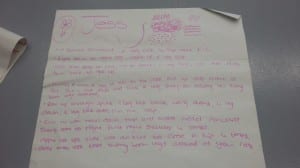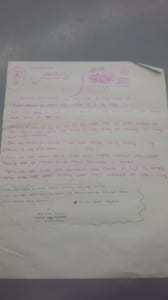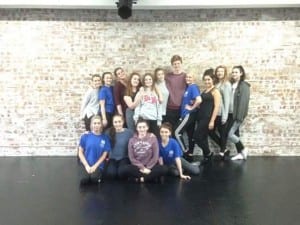R- resources
S- scores
V- valuaction
P- performance
The definitions of the RSVP by Anna Halprin is the only thing I understand about this score? I’m not sure what she uses it for? or how it aids her in her dance?
What I do understand is how to put the four sections of this score into my own practice. That is what was done in this weeks session which is why I understand it.
The best part of this weeks session was choosing in which order we did things throughout the three hours. I think this was because we knew what to expect from the session. The 3 hours also went faster than they have done in previous weeks. For a lot of us the music aided this, dancing to music always makes time go faster, in return making me enjoy the session more.


The things that I feel I need to work on next week;
- Understand the RSVP score in more depth so that I can incorporate this in my work, this will enable me to see if this practice works for me.
- Ask more questions about the reading if I feel like I don’t understand what it’s about, or re read the reading, this way I’m not just reading it for the sake of it.

